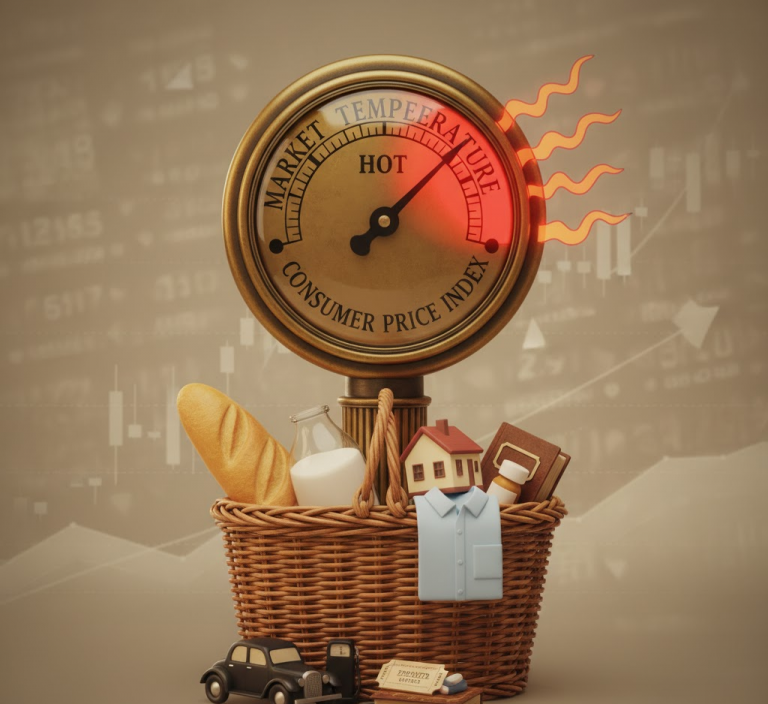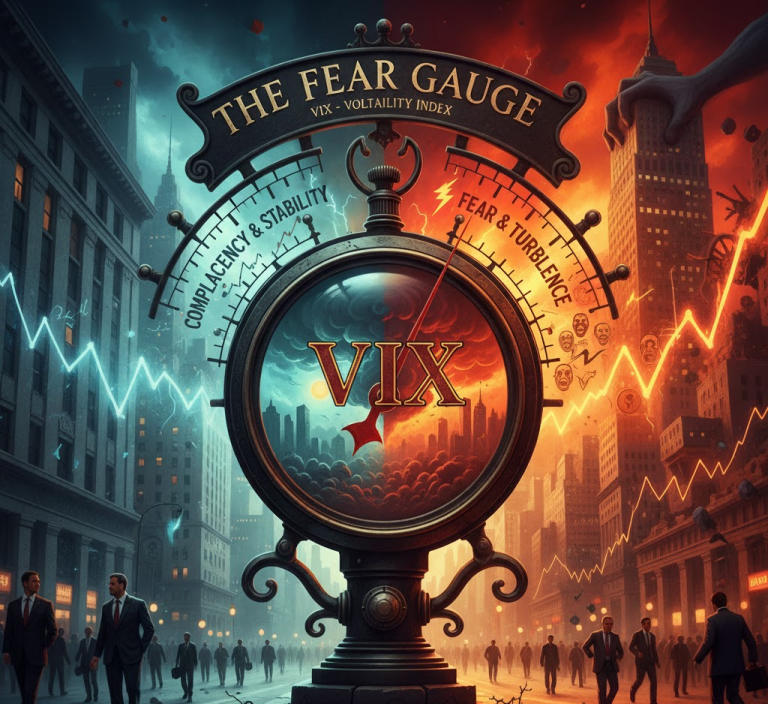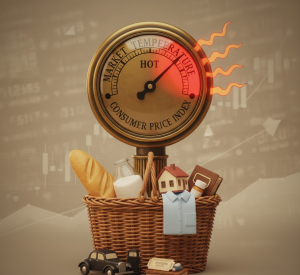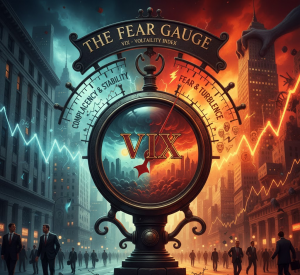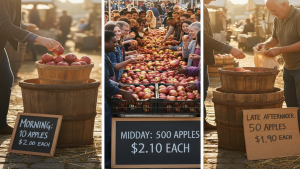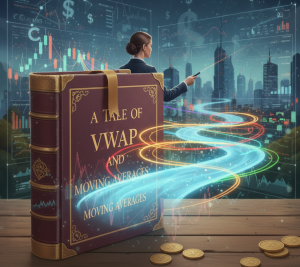Summary TLDR
The Bid is the highest price a buyer is willing to pay for an asset, while the Ask (or Offer) is the lowest price a seller is willing to accept. A trade occurs when these two prices meet, and the difference between them is called the spread.
Introduction
Every market is a conversation, a constant, real-time negotiation between those who wish to buy and those who wish to sell. This dialogue isn’t spoken in words, but in prices. The two most important words in this entire conversation are the Bid and the Ask. They represent the opposing desires of buyers and sellers, and the dynamic tension between them is what allows the market to function, creating a clear and immediate price for any asset at any given moment.
The Core Concept (Explained Simply)
Imagine you are at a bustling open-air market, trying to buy a rare antique watch. All the potential buyers are on one side, and all the sellers are on the other.
- One buyer shouts, “I’ll bid $99 for that watch!” Another, more eager buyer, shouts, “I’ll bid $100!” The highest of these offers, $100, becomes the Bid. It is the best current price a buyer is willing to pay.
- Simultaneously, a seller of the same watch shouts, “I’m asking $102 for my watch!” Another seller, wanting to make a quicker sale, says, “I’ll ask for $101!” The lowest of these offers, $101, becomes the Ask. It is the best current price a seller is willing to accept.
At this moment, no trade can happen. The most a buyer will pay is $100, and the least a seller will accept is $101. This one-dollar gap is known as the Bid-Ask Spread. For a trade to occur, one of two things must happen: a buyer must become impatient and agree to pay the seller’s asking price of $101, or a seller must become eager and agree to accept the buyer’s bid price of $100.
From Theory to Practice
In the financial markets, this process happens electronically millions of times per second. When you look up a stock quote, you will always see two prices:
- The Bid Price: This represents the highest price that any buyer in the market is currently willing to pay for a share. The “bid size” tells you how many shares are wanted at that price. If you want to sell your shares immediately, this is the price you will receive.
- The Ask Price: This is the lowest price that any seller in the market is currently willing to accept for a share. The “ask size” tells you how many shares are available at that price. If you want to buy shares immediately, this is the price you will have to pay.

The Bid-Ask Spread is the difference between these two prices. For a trader, this spread is a hidden cost of doing business. Buying at the higher ask price and selling at the lower bid price means you incur a small loss by default. In highly traded, or liquid, stocks, this spread can be as small as one penny. In thinly traded, or illiquid, stocks, the spread can be much wider, making it more expensive to get in and out of a trade.
A Brief Illustration
Let’s say the quote for Company XYZ looks like this:
- Bid: $49.95 x 1000
- Ask: $50.00 x 800
This tells us:
- The highest price any buyer is willing to pay is $49.95, and there is a combined demand for 1,000 shares at this price.
- The lowest price any seller is willing to accept is $50.00, and there are 800 shares available for sale at this price.
- The Bid-Ask Spread is 5 cents ($50.00 – $49.95).
If you were to place a “market order” to buy, you would pay the ask price of $50.00. If you were to place a “market order” to sell, you would receive the bid price of $49.95.
Why It Matters
- It Defines the Price: The bid and ask create the current, tradable price for any security.
- It Measures Liquidity: The size of the spread is a key indicator of a stock’s liquidity. A narrow spread signifies a highly liquid, efficient market, while a wide spread indicates the opposite.
- It Represents a Cost: The spread is an unavoidable transaction cost. Traders who frequently enter and exit positions must be highly aware of the spread, as it directly impacts their profitability.
Additional Topics to Explore
- Understanding Support and Resistance: The Market’s Memory: Understanding Support and
- Volume: The Market’s Pulse: Understanding Volume.
- Volume Analysis: Reading the Market’s Footprints: The Art of Volume Analysis







